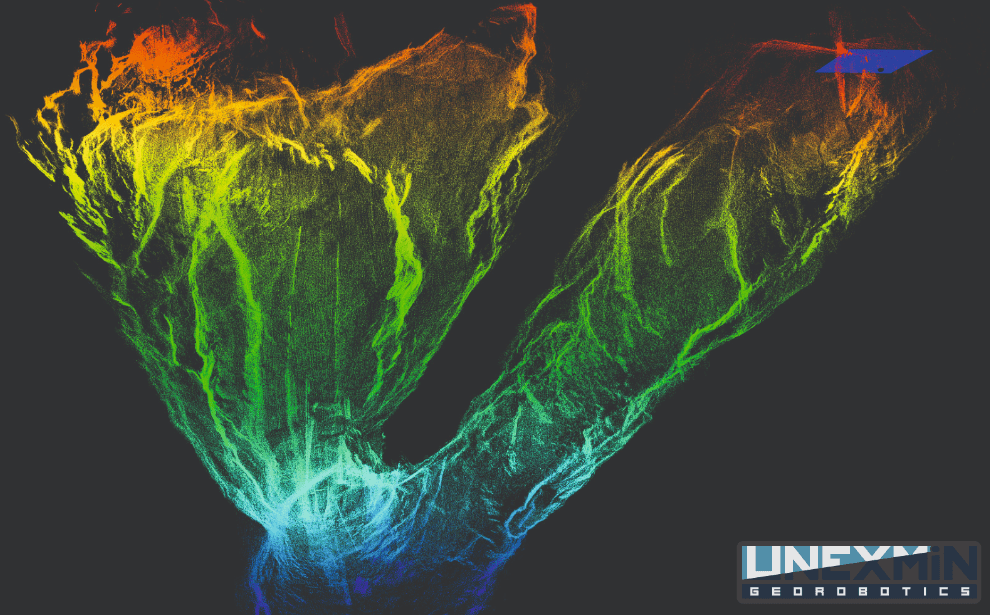Engineers developed the UX-1Neo robot and lowered it to a record 450 m into the Border Abyss, the deepest
UX-1Neo is a hybrid ROV/AUV robot thatcan work both autonomously and with remote control. Its advanced navigation and sensors provide the vehicle with an accurate understanding of its environment and its position. As the researchers write, this turned out to be a decisive advantage when studying the Czech cave.
 Spherical robot in water. Photo: Photo: UNEX
Spherical robot in water. Photo: Photo: UNEX
It is believed that the Hranice Abyss was formedas a result of the collapse of a funnel. According to the latest estimates, based on the temperature and chemical analysis of the water, the depth of the abyss may be more than 1000 meters.
The first maps of the cave were compiled based onobservations of divers who descended to a depth of 180 m. A few years ago, Krzysztof Starnawski reached 217 m and launched a probe from this position that reached 384 m. Despite the fact that the diver achieved amazing results, there was not enough data. The UX-1Neo now provides a detailed map of the cave, something that was not possible before. Thanks to the sensors, the robot “saw” the details of the cave walls in every detail.
 Map of the cave section at a depth of about 450 m. The rest of the map fragments are in the video below. Photo: UNEX
Map of the cave section at a depth of about 450 m. The rest of the map fragments are in the video below. Photo: UNEX
As the authors of the development explain, UX-1NeoIt is distinguished by precise positioning and unique characteristics that “allow it to perform missions that no other robot can handle.”
It is equipped with built-in sonars, cameras,engines, structured lighting systems, floating systems and other equipment. The robot also has a hyperspectral unit that collects and processes information from the entire electromagnetic spectrum.
All this helped scientists build a detailedthree-dimensional map of the study area. “During our mission in the Czech Republic, we created such a map in two days. The scientific community has been trying to achieve this for the last 50 years,” the project participants conclude.
Read more:
The egg was dropped from space: look what happened to it
Brain-eating amoeba is spreading in the US: is there a danger to Russia
See what a woman Thora looks like. She lived 800 years ago